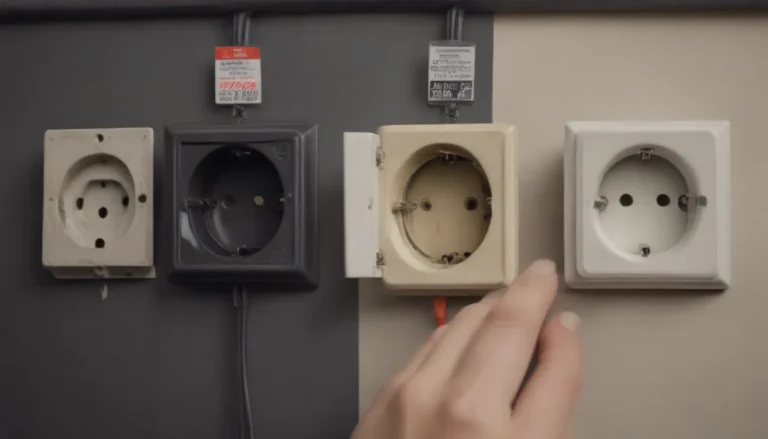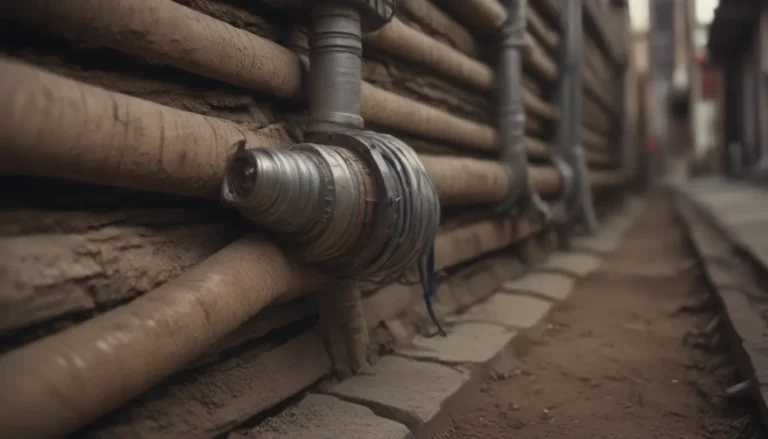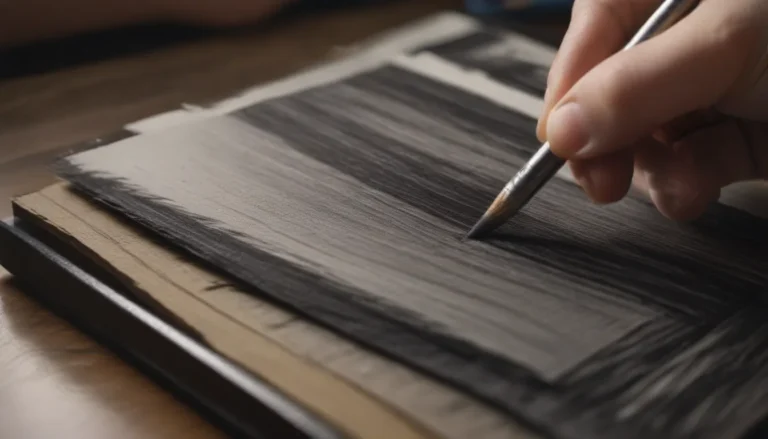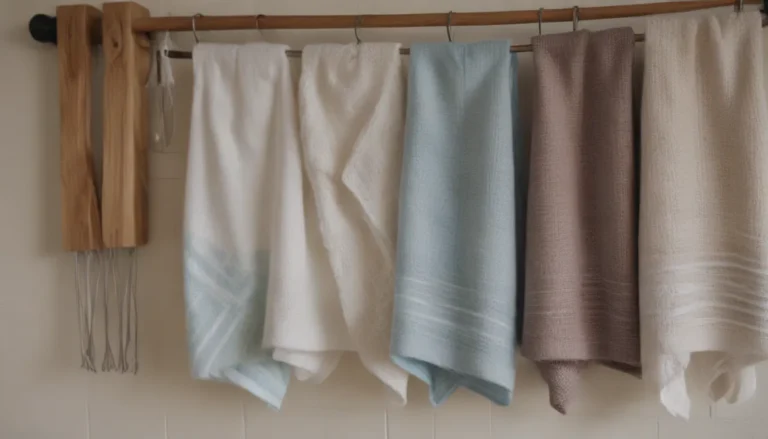Understanding the Importance of Roofing Underlayment: A Comprehensive Guide
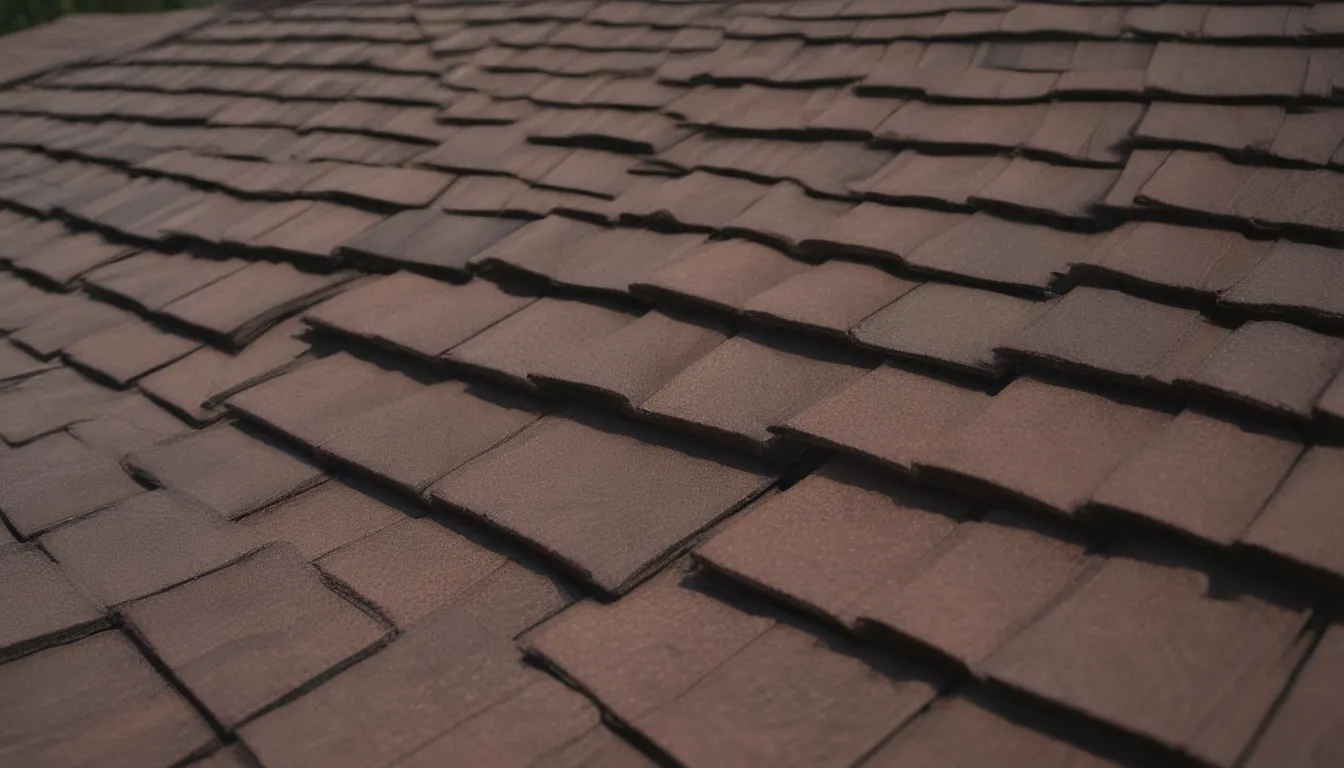
When it comes to ensuring the longevity and durability of your roof, one of the most critical components is the roofing underlayment. This often overlooked layer of material sits between the roof deck and the shingles, providing insulation and acting as a waterproof barrier to protect your home from moisture. In this guide, we will delve into the three main types of roofing underlayment, their characteristics, and how to choose the right one for your home.
What Is Roofing Underlayment?
Roofing underlayment is a crucial layer of synthetic fiber or felt that is installed over the roof deck and under the shingles. Its primary function is to prevent moisture from seeping into your home while helping to insulate the roof. Over the years, advancements in technology have led to the development of different types of roofing underlayment to cater to various roofing needs.
1. Asphalt-Saturated Felt
Best for:
– Projects where cost is a concern
– Providing basic moisture protection and insulation
Asphalt-saturated felt, also known as roofing felt or felt paper, is the classic and most affordable type of roof underlayment. It has been used for decades to offer adequate moisture protection and improve the durability of the roof deck. Available in 15-pound and 30-pound options, No. 15 felt is suitable for light-duty projects, while No. 30 felt is ideal for protecting your home from moisture.
2. Rubberized Asphalt
Best for:
– Superior waterproofing
– Areas prone to leaks
Rubberized asphalt is a high-quality underlayment option that provides the highest level of waterproofing. Made primarily of rubber polymers and asphalt, it features an adhesive backing that sticks directly to the roof deck, forming a waterproof seal. While more expensive than asphalt-saturated felt, rubberized asphalt is a top choice for preventing water damage in leak-prone areas like eaves, valleys, vents, chimneys, and skylights.
3. Synthetics
Best for:
– Increased durability and tear resistance
– Resistance to mold
Synthetic underlayment, made from woven or spun polyethylene or polypropylene, offers significant tear resistance and durability compared to traditional asphalt-saturated underlayment. While it is more expensive than asphalt-saturated felt, it is still a cost-effective option for homeowners looking for durability without the high price tag. Synthetic underlayment is also recommended for homes prone to mold, as it repels water and is inert to mold growth.
Choosing the Right Roof Underlayment
Selecting the right roof underlayment for your home involves considering several factors such as climate, type of roof, durability, water resistance, and cost.
Climate
- For areas with constant temperatures, asphalt-saturated underlayment is a good choice.
- Rubberized asphalt is best for regions with extreme temperature changes.
- Synthetics are suitable for areas with broad temperature variations.
Type of Roof
- Asphalt shingles: Choose an underlayment that complements the type of asphalt shingles you’ll be using.
- Slate: Consider a durable underlayment that can withstand the weight and durability of slate roofing.
- Metal: Opt for an underlayment that provides superior waterproofing to protect against metal corrosion.
Durability
- If durability and tear resistance are crucial, synthetic underlayment is the way to go.
- For prioritizing waterproofing, invest in rubberized asphalt underlayment.
Cost
- Asphalt-saturated underlayment is the most affordable option.
- Synthetic underlayment offers durability at a slightly higher price point.
- Rubberized asphalt is the most expensive but provides superior waterproofing.
Before proceeding with any roofing materials, ensure you have the necessary building permits and comply with local building codes. Ultimately, the best roof underlayment for your home will depend on factors such as the type of roof, climate, and budget. Generally, rubberized asphalt is recommended for its superior waterproofing and durability, with an average lifespan of 25 to 35 years.
By understanding the different types of roofing underlayment and their unique characteristics, you can make an informed decision to protect your home and ensure the longevity of your roof. Remember, investing in quality roof underlayment is essential for safeguarding your home against the elements and maintaining its structural integrity for years to come.


